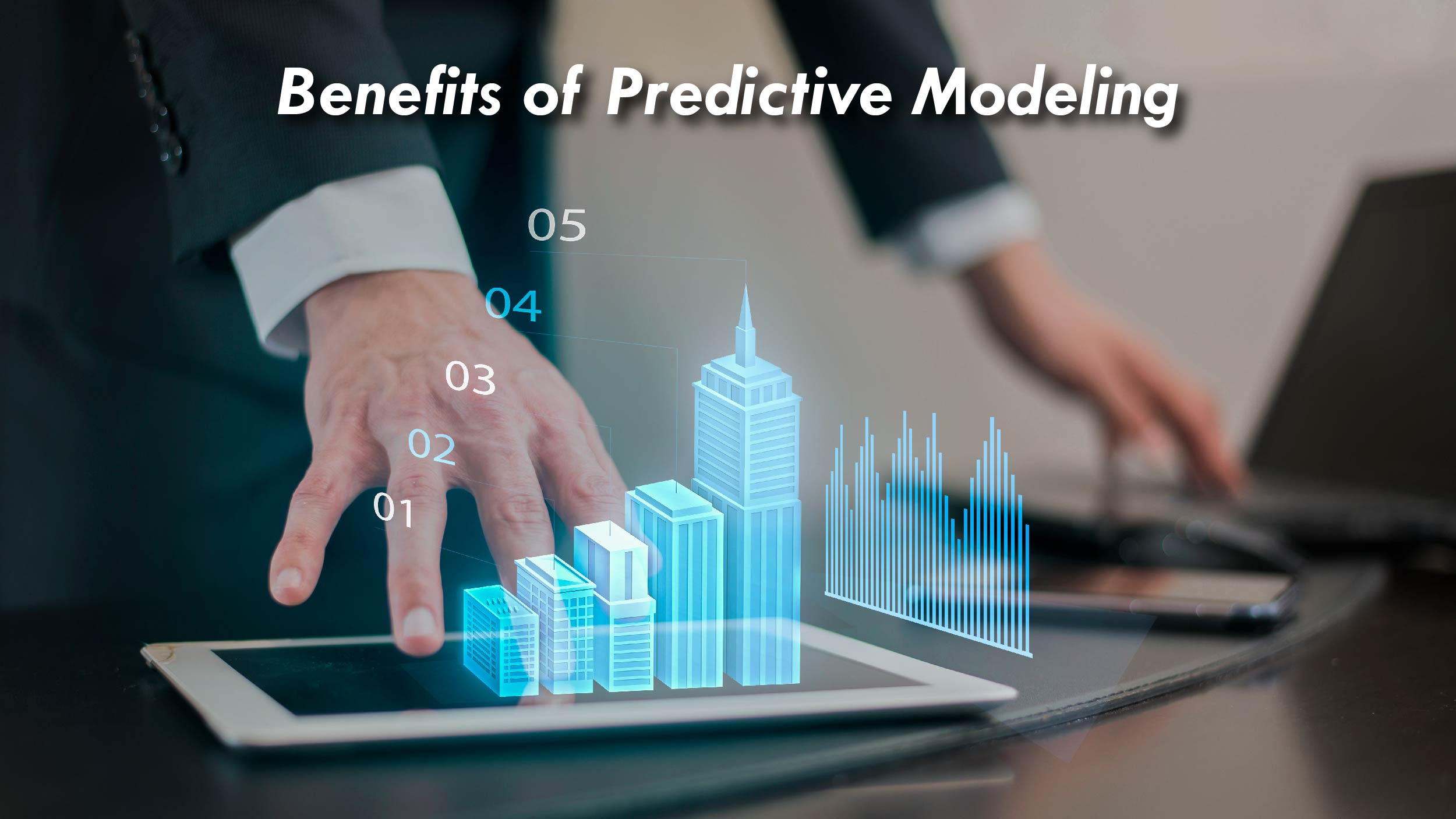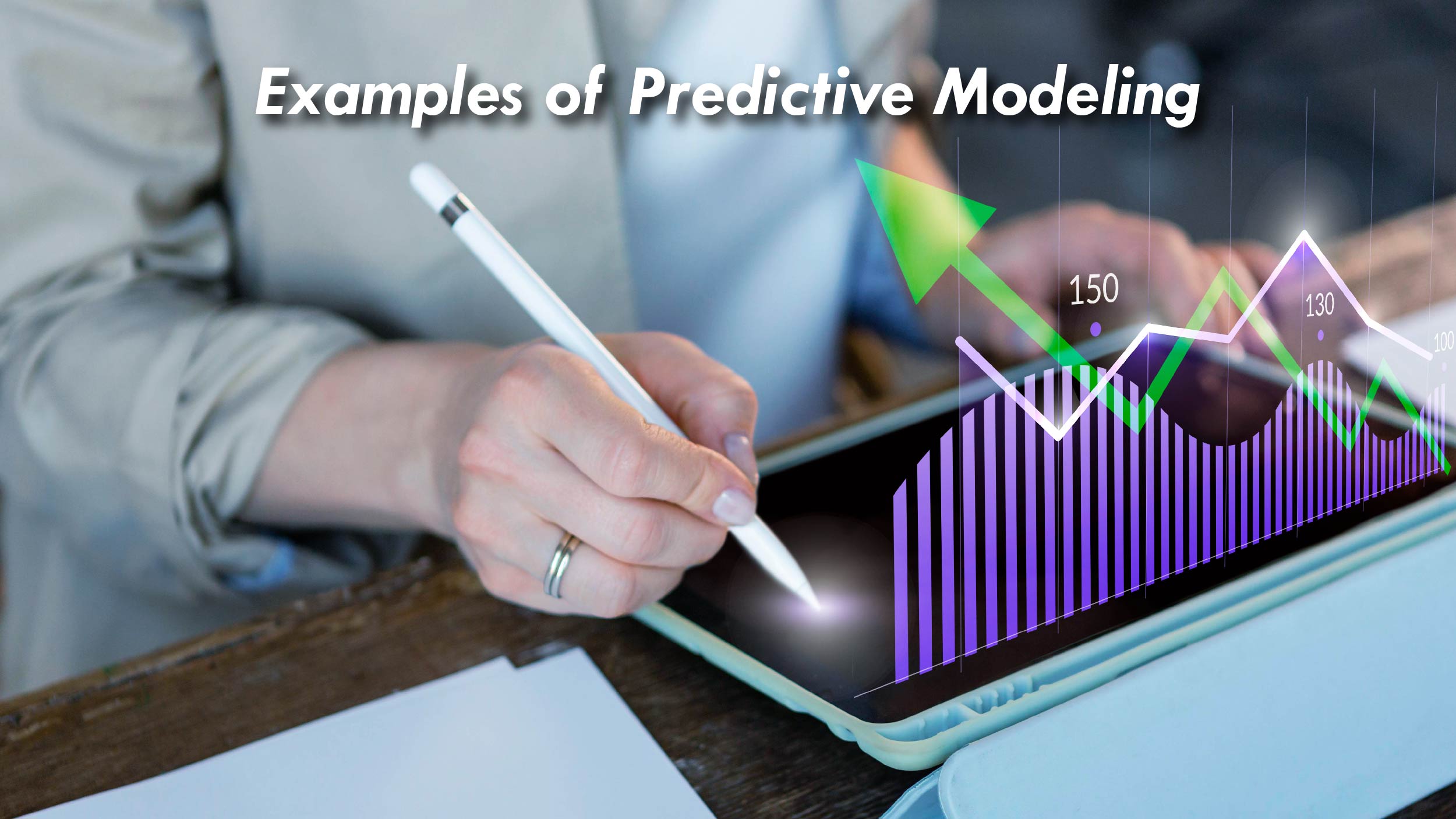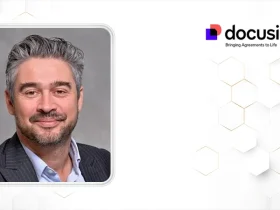Ever wish you had a crystal ball to foresee the future? Well, while we can’t provide you with magical foresight, predictive models come pretty close! Ever wonder how industries predict trends, make decisions, or even understand their customers better? Enter the realm of predictive modeling, where data, algorithms, and a touch of computational wizardry combine to unravel the mysteries of tomorrow.
Let’s talk more about predictive modeling definition as we move forward in this blog along with its types and applications.
What is Predictive Modeling?
Predictive modeling is a statistical technique used to analyze patterns in data in order to forecast future events or outcomes. It plays a crucial role in predictive analytics, which involves the use of machine learning and data mining methods to predict behavior, trends, and activities based on historical and current data.
Benefits of Predictive Modeling
 This technique finds application in various scenarios, and its potential has significantly grown with the integration of AI. However, what advantages can one derive from employing this technique?
This technique finds application in various scenarios, and its potential has significantly grown with the integration of AI. However, what advantages can one derive from employing this technique?
- Predict the best outcomes: This technique enhances decision-making by leveraging past use cases to inform future choices.
- Identify hidden trends: Previously, manually reviewing large volumes of data, like tickets and banking transactions, made it challenging to detect patterns or approve/decline events. Machine learning now automates this process, handling vast amounts of data to predict events and surface trends.
- Gain operational efficiency: It extends beyond image recognition to include text translation and classification, ensuring continual enhancement of a live model’s performance for sustained relevance, operational efficiency, and improved revenue and cost optimization.
Also Read: Why Are Feature Engineering Techniques Essential for Data Analysis?
Types of Predictive Models
Fortunately, predictive model tools, honed over time, don’t require starting from scratch for each application; instead, predictive analytics techniques leverage established models and algorithms for diverse use cases.
The top five predictive models are:
1. Classification model
The simplest model, it categorizes data for straightforward queries, such as determining the legitimacy of a transaction.
2. Clustering model
The model groups data based on common attributes, strategizing at a larger scale by identifying shared characteristics or behaviors, such as assessing credit risk for loan applicants by considering the past actions of similar individuals.
3. Forecast model
This widely used model leverages historical data to predict numerical outcomes, such as determining restaurant lettuce orders or optimizing customer support agent call handling capacity.
4. Outliers model
This model detects anomalies by examining unusual data points, such as identifying potential fraud in a bank transaction based on deviations from a customer’s typical spending patterns or recognizing abnormal expenses in specific categories, like a large clothing purchase in an unfamiliar location signaling a potential account breach.
5. Time series model
The model assesses time-based data sequences, such as predicting future hospital admissions by analyzing the number of stroke patients admitted in the past four months, emphasizing the significance of a single metric tracked and compared over time.
Examples of Predictive Modeling
 Predictive modeling techniques are employed by numerous businesses to effectively handle their services and customers. Let’s take a look at a few typical instances:
Predictive modeling techniques are employed by numerous businesses to effectively handle their services and customers. Let’s take a look at a few typical instances:
● Customer relationship
This technique enables forecasting future customer behavior throughout a product journey, such as predicting upsell or cross-sell success, and enhancing customer relationships through AI-driven spam detection in public communication channels.
● Marketing
Successful companies leverage predictive models to classify and segment customer behavior from vast data sources, facilitating targeted marketing strategies and enhancing the effectiveness of display advertising.
● Process automation
By discerning patterns in human behavior, models can reliably infer and categorize human decisions, facilitating efficient triage, case prioritization, ticket management, and workforce scheduling, allowing for a focus on critical and non-repetitive tasks.
The Internet of Things (IoT) can enhance automation by enabling the seamless transfer of data between computing devices without the need for human interaction. Ricoh, for instance, achieved a reduction in downtime and improved operational and cost efficiency by implementing automated repair scheduling, which predicted machine failures and minimized disruption.
● Finance
Risk evaluation is a crucial aspect for all businesses, particularly when undertaking substantial financial ventures. Employing predictive modeling enables companies to foresee the potential dangers of payment default or fraudulent activities, thus avoiding potentially harmful situations. BBVA, for instance, managed to diminish the occurrence of false positives in credit card fraud detection by an impressive 54% by accurately predicting such risks.
● Insurance
Insurers can improve their understanding of customers by utilizing a predictive model. By gaining more accurate and comprehensive information about customer risk profiles, insurers can optimize their decision-making procedures, leading to increased efficiency and cost reductions.
A-based predictive modeling has already shown its significant impact in various sectors, making it one of the most commonly utilized methods. Its application extends to a wide range of industries, including financial services, government, retail, healthcare, and many more. The influence of artificial intelligence (AI) is not limited to the future; it is already present, making a tangible difference.
Wrapping it Up
In the ever-evolving landscape of data-driven decision-making, predictive modeling techniques emerge as the unsung hero, unraveling patterns, and illuminating pathways to informed choices. As we bid adieu to this exploration into the realms of algorithms and foresight, it’s clear that predictive modeling isn’t just a tool; it’s a transformative force across industries.
As we move forward, the evolution of predictive modeling will likely be shaped by emerging technologies, improved algorithms, and a deeper understanding of complex data sets. As businesses increasingly recognize the value of predictive analytics, we can anticipate a future where these models become integral to innovation and success in a wide range of fields.

































